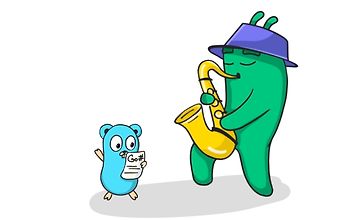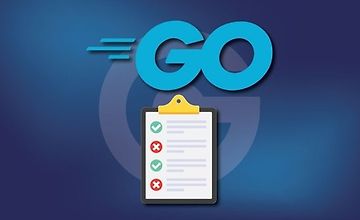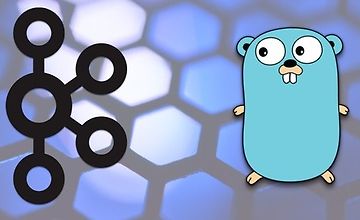
udemy
Udemy - одна из самых больших площадок в мире по доставке обучающего контента от разных авторов всего мира. Присутсвуют курсы практически на любую тему.
Go - мощный язык для создания эффективных и масштабируемых приложений. Однако, по мере роста ваших проектов, вы столкнетесь с общими проблемами, которые можно элегантно решить с помощью шаблонов проектирования.
Этот курс обеспечит вас знаниями и навыками для эффективного использования этих шаблонов в вашем коде Go. Мы рассмотрим различные категории шаблонов, включая:
Понимая эти шаблоны, вы сможете:
Мы будем рассматривать шаблоны проектирования с практической точки зрения, сосредоточившись на реальных сценариях использования Go. В частности, мы создадим простое веб-приложение, которое позволит нам увидеть, как, почему и когда можно использовать тот или иной шаблон проектирования, чтобы сделать ваш код более эффективным, поддерживаемым и понятным. Моя цель — обеспечить вас практическим опытом реализации этих шаблонов, чтобы вы могли использовать их в своих собственных проектах.
Таким образом, независимо от того, являетесь ли вы опытным разработчиком на Go или только начинаете изучать этот язык, этот курс предоставит вам ценные инструменты для повышения ваших навыков разработки на Go на новый уровень.
Это пробный урок. Оформите подписку, чтобы получить доступ ко всем материалам курса. Премиум

Udemy - одна из самых больших площадок в мире по доставке обучающего контента от разных авторов всего мира. Присутсвуют курсы практически на любую тему.

Освоите Go в короткие сроки. Научитесь писать проекты по best practices. Сможете претендовать на позицию middle-разработчик на Go. Golang - относительно новый язык, известный своим простым синтаксисом и мощными возможностями. Многие компании сейчас решают полностью или частично перевести свой софт с текущего языка на Go из-за его простоты, обширных возможностей и высокой производительности. А это значит, что Gol

Написание модульных и интеграционных тестов - один из самых часто пренебрегаемых аспектов разработки программного обеспечения. Слишком часто разработчики говорят "но у меня на компьютере работает!" когда проект считается завершенным, только чтобы обнаружить, что когда он выходит из среды разработки, вещи не работают так, как ожидалось. Хорошо написанные модульные и интеграционные тесты помогают решить эту проблему и практически всегда с

Этот курс начнется с предварительно созданного монолита, создание начального приложения в этом курсе не рассматривается. Таким образом, в этом курсе вы сразу же начнете с архитектуры микросервисов. Этот курс предназначен для людей, которые хорошо разбираются в Golang и хотят за короткое время изучить более сложные концепции. Я очень ясный и точный в своем способе преподавания, поэтому в этом курсе не будет ненужных объяснений с моей стороны, я об

Долгое время веб-приложения обычно были единым приложением, которое обрабатывало все, другими словами, монолитным приложением. Этот монолит занимался аутентификацией пользователей, ведением логов, отправкой электронной почты и всем остальным. Хотя это по-прежнему популярный (и полезный) подход, сегодня многие крупномасштабные приложения имеют тенденцию разбивать вещи на микросервисы. Сегодня большинство крупных организаций сосредоточены на создан